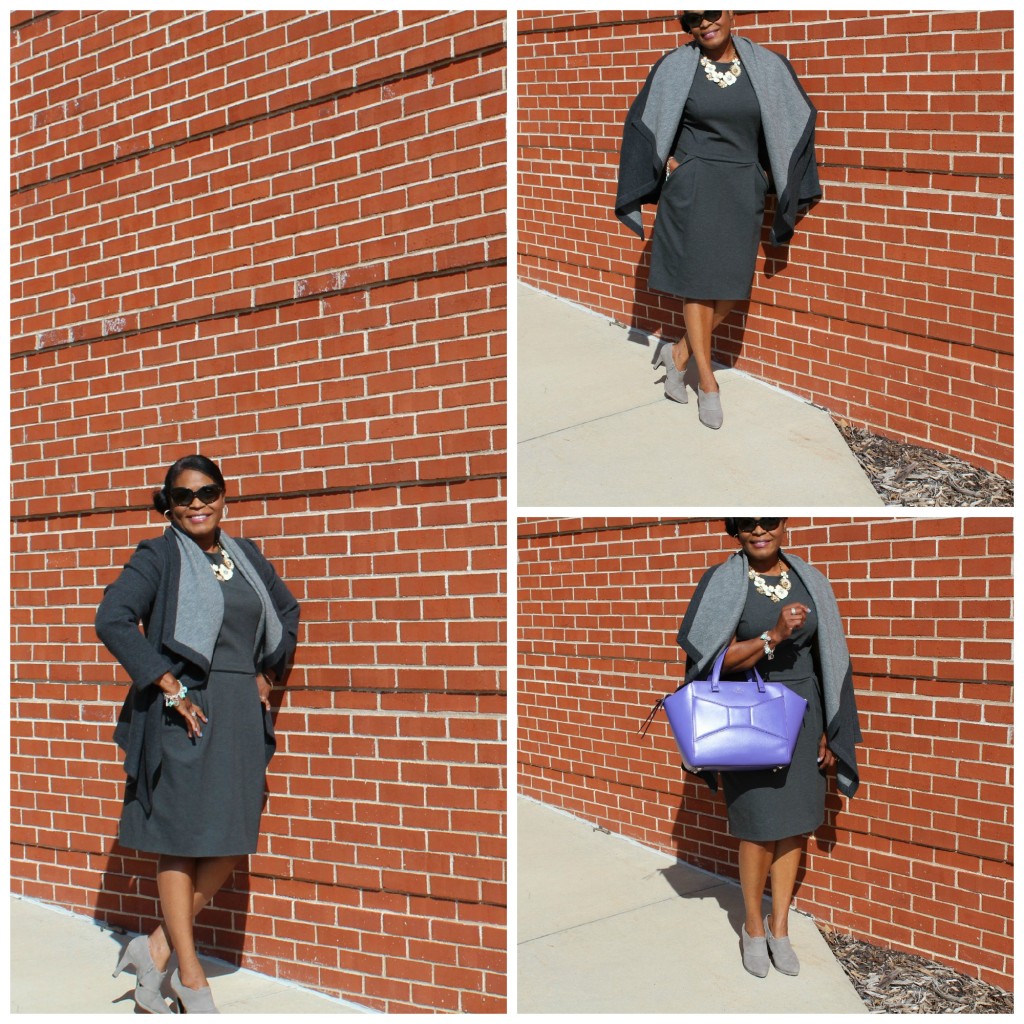
We know too well the statistics that affect women concerning Breast Cancer but do you know the horrendous statistics with domestic violence? Not only is October Breast Cancer Awareness Month but slowly there is another dangerous cloud looming over many women, domestic violence. It’s only over the last nearly 20 years that Violence Against Women Acts (VAWA) is a United States federal law since 1994 by then President Bill Clinton.
One in EVERY four women will experience domestic violence in their lifetime. An estimated 1.3 million women are victims of physical assault by an intimate partner each year. Most cases of domestic violence are never reported to the police. Witnessing violence between one’s parent’s is the strongest risk factor of transmitting violent behavior from one generation to the next. Be aware
that domestic violence, also known as domestic abuse, spousal abuse, battering, family violence,
dating abuse, elder abuse, teen dating violence, sexual assault and stalking.
According to the Mayo Clinic, domestic violence can take many forms, including emotional, sexual and physical abuse and threats of abuse. Men are sometimes abused by partners, but domestic violence is most often directed toward women.
It might not be easy to identify domestic violence at first. While some relationships are clearly abusive from the outset, abuse often starts subtly and gets worse over time. You might be experiencing domestic violence if you’re in a relationship with someone who:
- Calls you names, insults you or puts you down
- Prevents you from going to work or school
- Tries to control how you spend money, where you go, what medicines you take or what you wear
- Acts jealous or possessive or constantly accuses you of being unfaithful
- Gets angry when drinking or using drugs
- Threatens you with violence or a weapon
- Hits, kicks, shoves, slaps, chokes, or otherwise hurts you, your children or your pets
- Forces you to have sex or engage in sexual acts against your will
- Blames you for his or her violent behavior or tells you that you deserve it
- Portrays the violence as mutual and consensual
Another staggering statistic: 46 women will be murdered with guns this month by a current or former intimate partner.

Break the cycle
If you’re in an abusive situation, you might recognize this pattern:
- Your abuser threatens violence.
- Your abuser strikes.
- Your abuser apologizes, promises to change and offers gifts.
- The cycle repeats itself.
Break the silence. Start by telling someone about the abuse, whether it’s a friend, loved one, health care provider or other close contact. At first, you might find it hard to talk about the abuse. But you’ll also likely feel relief and receive much-needed support.
Where to find help:
- Someone you trust.
- Your health care provider
- A local women’s shelter or crisis center
- A counseling or mental health center
- A Local court
- Pennsylvania Coalition Against Domestic Violence: http://www.pcadv.org or 800-537-2238
- National Domestic Violence Hotline: 1-800-799-SAFE or 800-799-7233
- Rape, Abuse & Incest National Network: 1-800-656-HOPE
- Safe Horizons Crime Victims Hotline: 800-621-4673
Domestic Violence, it’s EVERYBODY’s problem!

Awesome Eugenia
We take this lightly and so many people are impacted by domestic violence. I have a friend and her niece was murdered by an ex because she left the relationship. I agree with you and take a stand on this act of violence. As usual thanks for posting this great information! Be Blessed!
April, once again thank you for stopping by to comment. I agree so many people are impacted by Domestic Violence, hopefully this post will help someone.